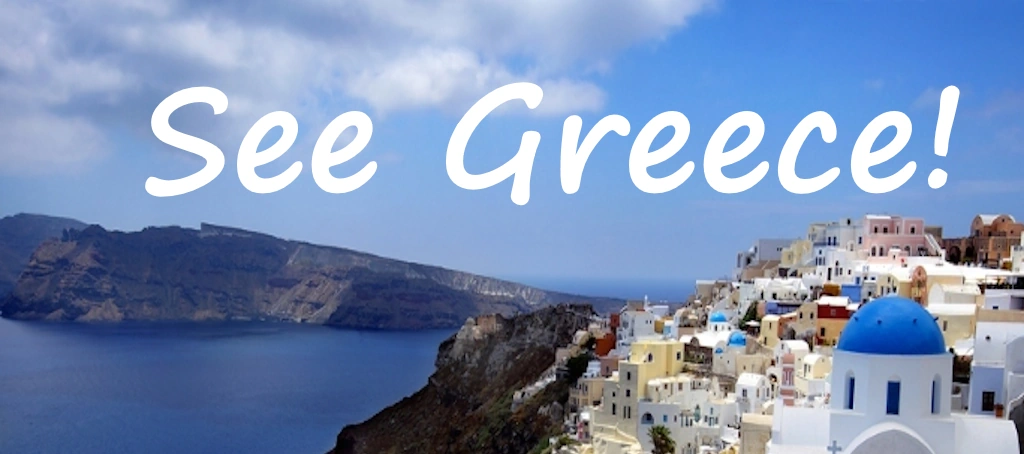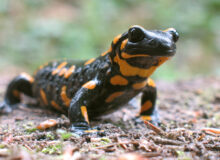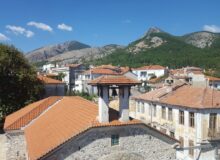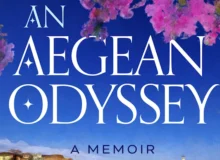Dion
Explore Dion in Greece, an ancient Macedonian sanctuary near Mount Olympus with temples, theaters, mosaics, and ruins revealing centuries of myth and history.

The archaeological site of Dion in Macedonia is a treasure trove of ancient history, mythology, and cultural heritage. Located at the foot of Mount Olympus, an hour’s drive from Thessaloniki, it was once the sacred city of the Macedonians and a center of worship for Zeus. Here’s a detailed overview.
Overview of Dion
- Location: Dion is situated in Pieria, Central Macedonia, just 5 km from the Aegean Sea and near Mount Olympus.
- Historical Significance: It was the religious center of the ancient Macedonian kingdom, especially revered during the reigns of Philip II and Alexander the Great.
- Name Origin: Derived from “Dios,” meaning “of Zeus,” reflecting its role as a sanctuary to the king of the gods.

Dion Historical Timeline
Prehistoric and Classical Periods
- Early settlements date back to the Mycenaean era.
- Dion gained prominence during the Classical period, especially in the 5th century BCE.
Hellenistic Period
- Philip II of Macedon celebrated military victories here.
- Alexander the Great offered sacrifices before launching his campaign against Persia.
Roman Period
- Dion flourished under Roman rule, with new buildings, baths, and infrastructure.
- The city became a hub for Roman culture and religion.
Byzantine and Later Periods
- Dion declined after earthquakes and invasions.
- Rediscovered in the 19th century, with systematic excavations beginning in the 20th century.
 Key Structures and Features
Key Structures and Features
Sanctuaries
- Sanctuary of Zeus Olympios: Central to Dion’s religious life, with altars and temples.
- Sanctuary of Demeter: Dedicated to the goddess of agriculture, featuring votive offerings.
- Sanctuary of Isis: Reflects the influence of Egyptian cults during the Roman era.
Theaters
- Greek Theater: Used for dramatic performances and religious festivals.
- Roman Theater: Larger and more elaborate, used for gladiatorial games and public events.
Baths and Gymnasiums
- Thermal Baths: Decorated with mosaics and used for relaxation and hygiene.
- Gymnasium: A place for physical training and education.
Stadium
- Hosted athletic competitions during festivals honoring Zeus.
City Walls and Gates
- Fortified with impressive walls and gates, showcasing advanced engineering.
Residential Areas
- Houses with courtyards, frescoes, and drainage systems.
Necropolis
- Burial grounds with tombs, grave goods, and inscriptions.
 Archaeological Discoveries
Archaeological Discoveries
- Mosaics: Intricate designs depicting mythological scenes and daily life.
- Statues: Marble and bronze figures of gods, heroes, and citizens.
- Inscriptions: Reveal details about governance, religion, and social life.
- Coins and Pottery: Offer insights into trade and economy.
Dion and Macedonian Royalty
- Philip II: Held grand celebrations and sacrifices in Dion.
- Alexander the Great: Prayed to Zeus here before his conquests, linking Dion to his legacy.
Natural Environment
- Dion is surrounded by lush vegetation, springs, and rivers.
- The landscape enhances its spiritual ambiance and connection to Mount Olympus.
Archaeological Museum of Dion
- Houses artifacts from the site, including statues, tools, and everyday items.
- Exhibits are organized by excavation area and historical period.
Modern Excavations and Research
- Led by the Aristotle University of Thessaloniki since the 1920s.
- Ongoing digs continue to reveal new insights into ancient life.
Cultural and Mythological Significance
- Dion is linked to Orpheus, who is said to have died and been buried here.
- The site reflects the fusion of Greek, Roman, and Egyptian religious practices.

Visiting Dion Today
- The Archaeological Park is open to visitors year-round.
- Walking paths guide you through temples, theaters, and baths.
- Interpretive signs and guided tours enhance the experience.





















